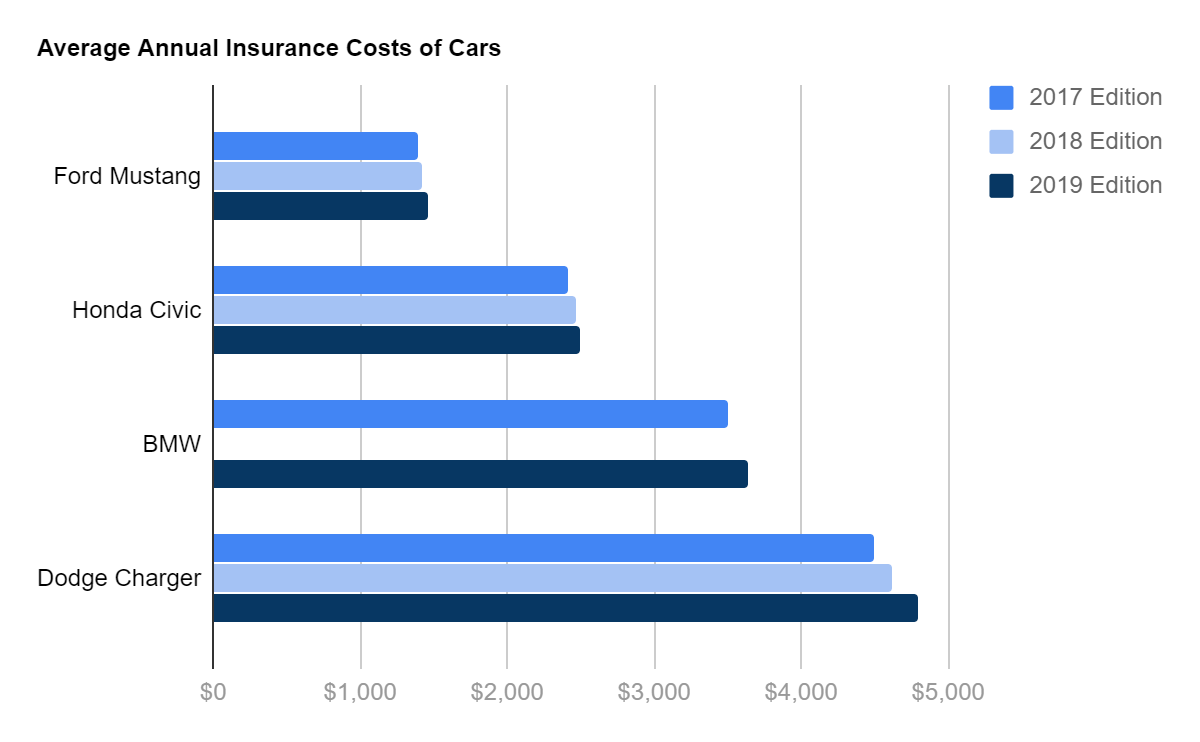
Before you buy pet insurance for your pet, make sure to compare the different options available. The table below will give you an idea of what each company offers. You should be aware of the following: rates, deductibles, waiting periods and coverage options. This will help to choose the right insurance for you cat or dog.
Rates
Pet insurance rates vary depending on how old your pet is and what coverage they need. Due to the higher likelihood of accidents and illnesses, providers may charge more for older pets. Some policies don't cover older pets because they do not consider pre-existing medical conditions. Before you buy a policy, make sure to inquire about any discounts or benefits offered by your insurance company. You can also look for a multi-pet discount.
Multiple studies have been published that compare the rates of pet insurance policies. For instance, one study found that cats are less expensive than dogs. One study showed that cats are less likely to visit the veterinarian than dogs and thus, are more affordable. It is important to note that there are other factors that can affect the rates.
Options for coverage
When comparing pet insurance coverage options, keep in mind that not all plans are created equal. Some companies offer comprehensive coverage for all medical costs, while others offer limited coverage for only a few specific health conditions. A deductible is a requirement by many companies. This means that you must pay a predetermined amount upfront. You can choose from a range of deductibles that range from $100 up to $500. This is important information to help you decide which one is right for you and your pet.

Other factors to consider when comparing pet insurance coverage options include the number of vet visits covered and the cost of veterinary care. These policies cover only accidents and are generally less expensive than those which cover all illnesses. On the other hand, accidents-and-illness plans provide more coverage and cover most hospitalizations, procedures, and vet visits.
Deductibles
When looking for pet insurance, the deductible is something you should consider. Different companies may have different deductibles. Some companies offer a $0 or $1000 deductible. The amount that you pay will depend on your budget, age and pet's health.
You have the option of either an annual or per-condition deductible. The former is easier to administer and will be most useful for pet owners. You will need to track expenses by date and condition. This means that the deductible for new medical conditions will differ from one to another. It could take longer for your insurance provider to reimburse you.
Waiting periods
You should consider the waiting period when choosing a pet insurance policy. These waiting periods are set by the insurer to ensure your pet is in good health and eligible for coverage. A common waiting period for a policy is 30 days, but this can vary. Some insurers will have shorter waiting period, while others might require one. For instance, Trupanion imposes a 30-day waiting period for illness coverage.
While waiting periods for pet insurance are variable, there are certain conditions that are excluded from coverage. Some policies, for example, have a waiting time for certain diseases such as cruciate ligament injury. A dog with hip dysplasia could have a longer waiting time than a dog that has cruciate injury.

Percentage of reimbursement
The reimbursement percentage for pet insurance policies can impact the total cost. Certain companies offer higher reimbursement percentages than other. Your insurance will pay 80% of covered expenses if it has a reimbursement percentage of 80%. In other words, if your dog becomes injured, you won't have to pay more than $200. However, if your canine companion has a chronic condition that demands regular care, you will likely be responsible for a higher percentage of the bill.
In general, the reimbursement percentages of pet insurance plans vary from 80% up to 90%. Higher reimbursement percentages are associated with a higher cost plan. You must also pay a deductible each time you file a claim. The most common deductible amounts are $100, $200, and $500.